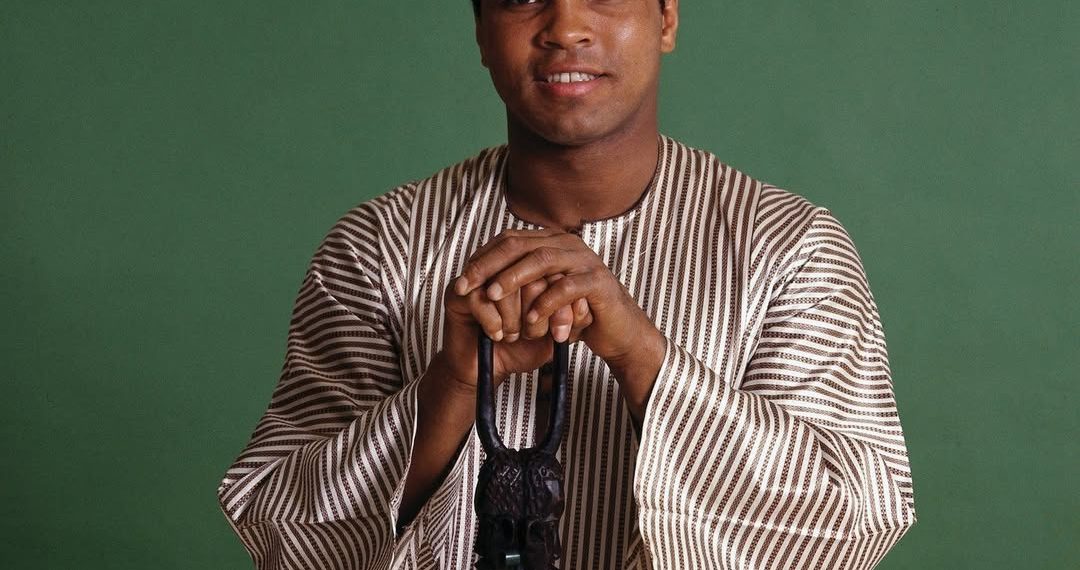Muhammad Ali, born Cassius Marcellus Clay Jr. on January 17, 1942, is widely seen as one of the greatest athletes ever. His success in boxing, along with his activism, strong personality, and impact on culture, turned him into a worldwide figure.
Ali’s life included not just victories in the ring, but also important and sometimes controversial roles in society. This article closely looks at Muhammad Ali’s net worth, career achievements, and personal life, and provides answers to common questions about his financial legacy.
Muhammad Ali’s Net Worth
When he passed away in 2016, Muhammad Ali’s net worth was believed to be between $50 million and $80 million.
This amount might appear somewhat low considering how influential he was and how much money other athletes of his level earned, but Ali faced many financial struggles, such as debt, legal problems, and unsuccessful business efforts.
Even so, after his death, his estate has kept earning a large amount of money through the use of his name and image, with yearly earnings reaching tens of millions.
Also Read: Blake Lively’s Net Worth in 2025: How Much Did She Earn?
Ali made his money not only through boxing, but also through business moves, sponsorship deals, and rights to use his image. Although some of his financial choices during his life weren’t the best, his lasting fame has helped his financial impact continue to grow even after he passed away.
Muhammad Ali’s Boxing Career
Muhammad Ali’s boxing career is well known and respected. He became a world champion in 1964 when he was just 22 years old, beating Sonny Liston in one of the most surprising wins in boxing history.
Ali’s quickness, movement, and unusual fighting style changed how people looked at boxing, making him stand out among athletes. He was famous for saying, “float like a butterfly, sting like a bee,” which described how he moved lightly and struck hard.
Ali went on to win the World Heavyweight Championship three times during his career, something that hadn’t been done before.
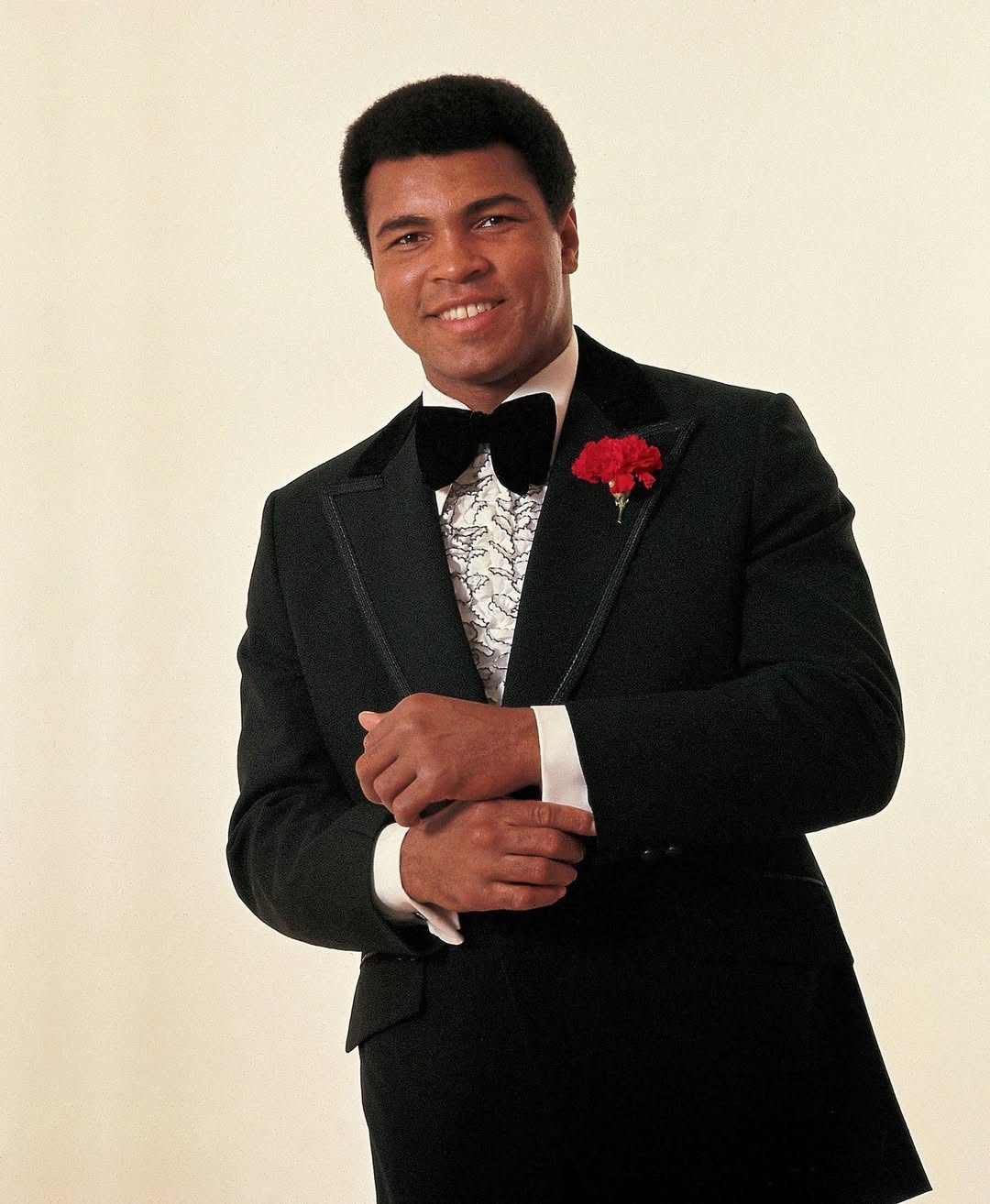
Some of his most talked-about fights were the “Fight of the Century” against Joe Frazier in 1971, the “Rumble in the Jungle” against George Foreman in 1974, and the “Thriller in Manila” against Frazier in 1975. These matches helped build his status not just as a champion, but as someone whose influence went beyond boxing.
Ali’s way of boxing was known for his great footwork, fast punches, and his ability to keep going even after getting hit. His well-known “rope-a-dope” tactic, used during the Rumble in the Jungle fight with Foreman, showed how he could take hits and tire out his opponents.
His boxing career lasted more than twenty years, and even though he took time off for political and health reasons, he stayed important in the sport the whole time.
By the time he retired, Ali had fought in more than 60 professional matches, winning 56 and losing 5. What he achieved brought him not only financial rewards but also a reputation as the “Greatest of All Time” (GOAT) in boxing.
Post-Retirement and Financial Troubles
Even though Ali made millions during his boxing career, his money situation became difficult after he retired. His expensive lifestyle, limited knowledge about handling money, and a number of bad investments led him into debt.
At one point, he had serious financial issues and owed a lot of money to different people. Some of the debt came from failed business plans, and some came from spending too much.
Ali’s boxing career also faced problems because he refused to fight in the Vietnam War, saying it went against his religious and moral beliefs. Because of this, he lost his boxing titles, was banned from the sport, and was sentenced to prison for avoiding the draft.
Even though he later won his legal case, the whole situation caused a lot of financial pressure. He had to spend a large part of his money on legal expenses and other related costs.
On top of that, Ali had to deal with health problems caused by his long boxing career, especially Parkinson’s disease, which he was diagnosed with in 1984.
This added more pressure to his finances, as he had to pay for medical care and treatments during his later years. Even with these money issues, Ali kept making public appearances, giving speeches, and getting endorsement deals, which helped him improve his financial situation later in life.
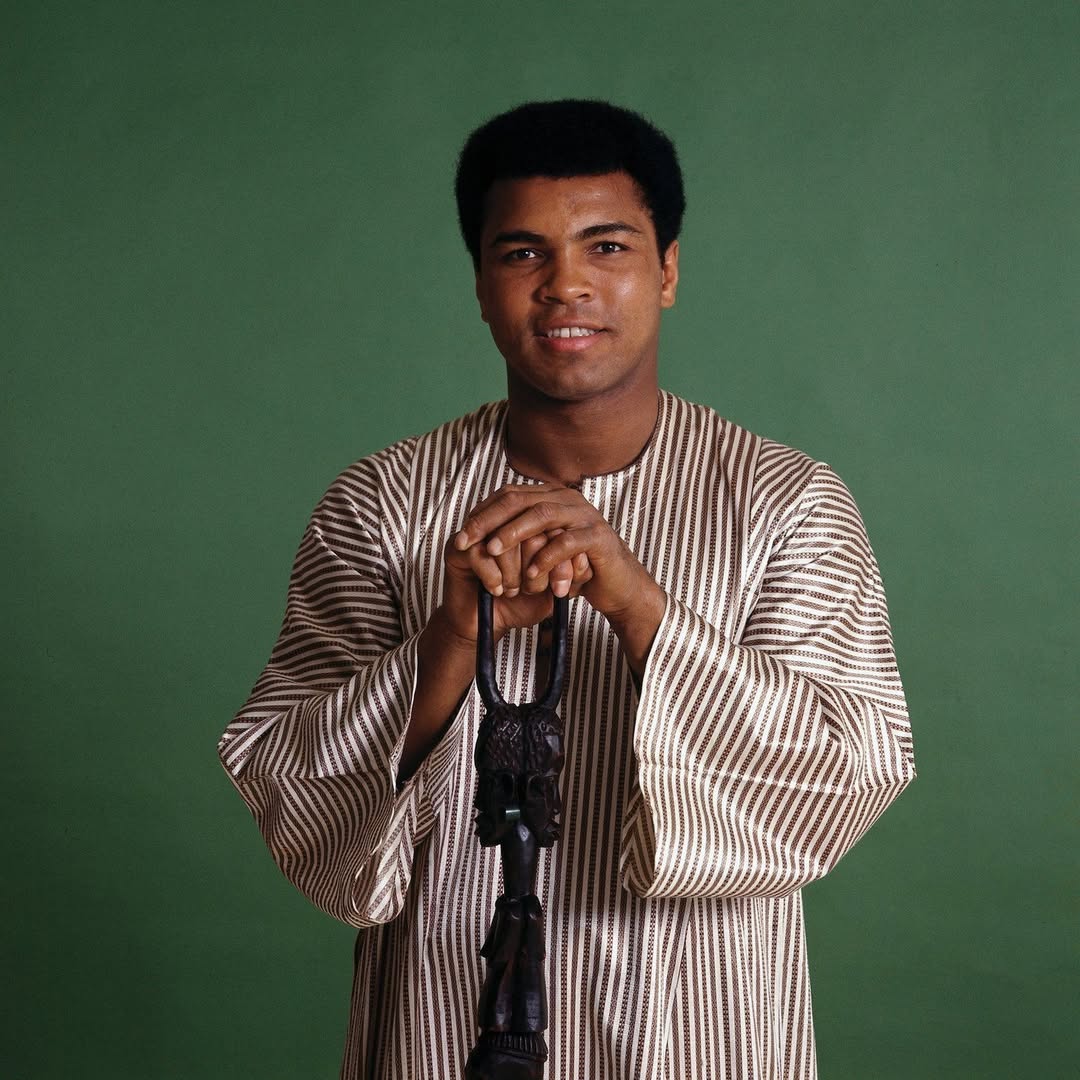
Did Muhammad Ali Donate Money?
Yes, Muhammad Ali was known for giving to charity and helping others. Throughout his life, he gave millions of dollars to different causes and supported many charitable groups. His help wasn’t only about money—Ali also used his fame to speak up for civil rights, racial equality, and helping people in need.
Ali supported the Muslim community, programs for young people, and civil rights groups. He gave back to his hometown, Louisville, Kentucky, where he started the Muhammad Ali Center.
This nonprofit center works to promote respect, understanding, and social responsibility. It honors his life and helps young people grow, just as Ali had to support himself when he was young.
He gave a lot to groups like the Make-A-Wish Foundation and the Special Olympics. His efforts went beyond charity, as he also stood up for African-American rights, equal rights for women, and peace efforts. This made him a respected voice in the civil rights movement during the 1960s and 1970s.
Even when he had money problems later in life, Ali continued to support others. He used his fame and whatever money he had to back many different helpful causes.
Who Owns Muhammad Ali’s Rights?
After Muhammad Ali passed away in 2016, the rights to his name, image, and other personal property were given to his estate. The Muhammad Ali Estate is in charge of handling the use of his name and picture, managing business deals, and protecting his memory.
Since his death, the estate has made sure that his image is used in ways that match his beliefs. It has worked with different companies to allow the use of Ali’s name and picture on products, documentaries, books, and other items.
The estate has also teamed up with charitable groups to continue the causes Ali supported, such as fairness for all races, respect for different religions, and helping others.
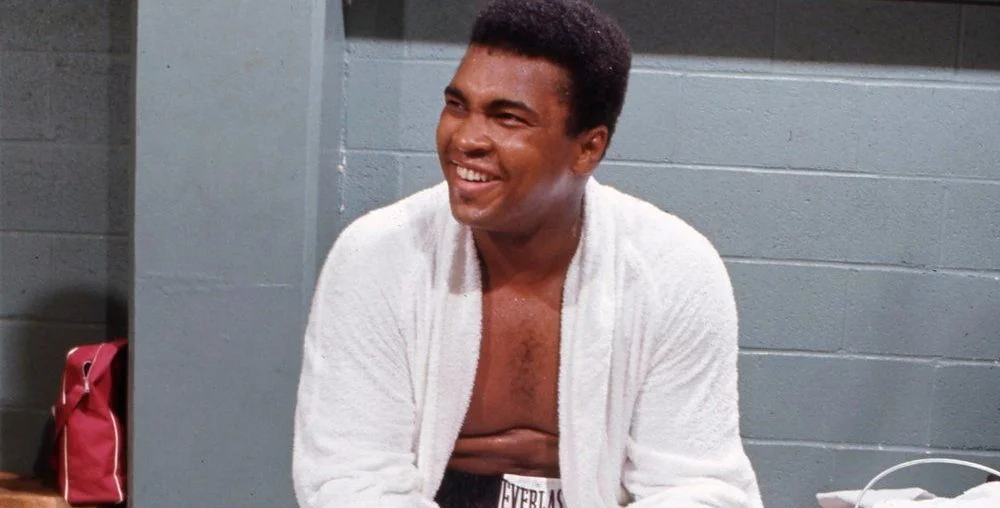
The Muhammad Ali Estate owns his intellectual property, including his well-known sayings and trademarks. These rights have brought in a lot of money, helping keep his financial legacy strong after his death.
Several of Ali’s family members, including his children, help manage the estate. His wife, Lonnie Ali, has taken part in running the estate and making sure that Muhammad Ali’s memory is protected and passed on to future generations.
Why Was Muhammad Ali in Debt?
Even though Muhammad Ali earned millions during his career, his financial situation became shaky for several reasons. One of the main reasons was his expensive lifestyle.
He enjoyed the fame and money that came with his success, and he spent a lot on fancy houses, cars, and personal luxuries. These spending habits, along with not having a strong understanding of money management, led to financial trouble in the 1970s and 1980s.
He also had high legal costs and lost a lot of income when he refused to fight in the Vietnam War. His legal problems, the loss of his titles, and being banned from boxing for a while made things even harder financially.
On top of that, bad investments and poor business choices added to his money problems. Some of his managers and advisors made choices that ended up costing him. Later in his career, though, Ali worked to fix these issues.
He started making better business decisions and focused more on getting endorsement deals and giving speeches.
These efforts helped improve his financial condition. Even with the ups and downs, his net worth became more stable in his later years, especially as he found ways to benefit from his name and image rights.
How Much Money Did Muhammad Ali Have in Today’s Money?
Muhammad Ali made a lot of money during his boxing career, but his financial story had both good and bad parts. He earned about $60 million in the 1960s and 1970s, which would be about $420 million today when adjusted for inflation.
However, his finances were affected by bad investments, spending too much, and costs related to his health and legal matters. Even with these problems, Ali’s name has continued to bring in a lot of money after his death, helping to keep his legacy strong and well-known.
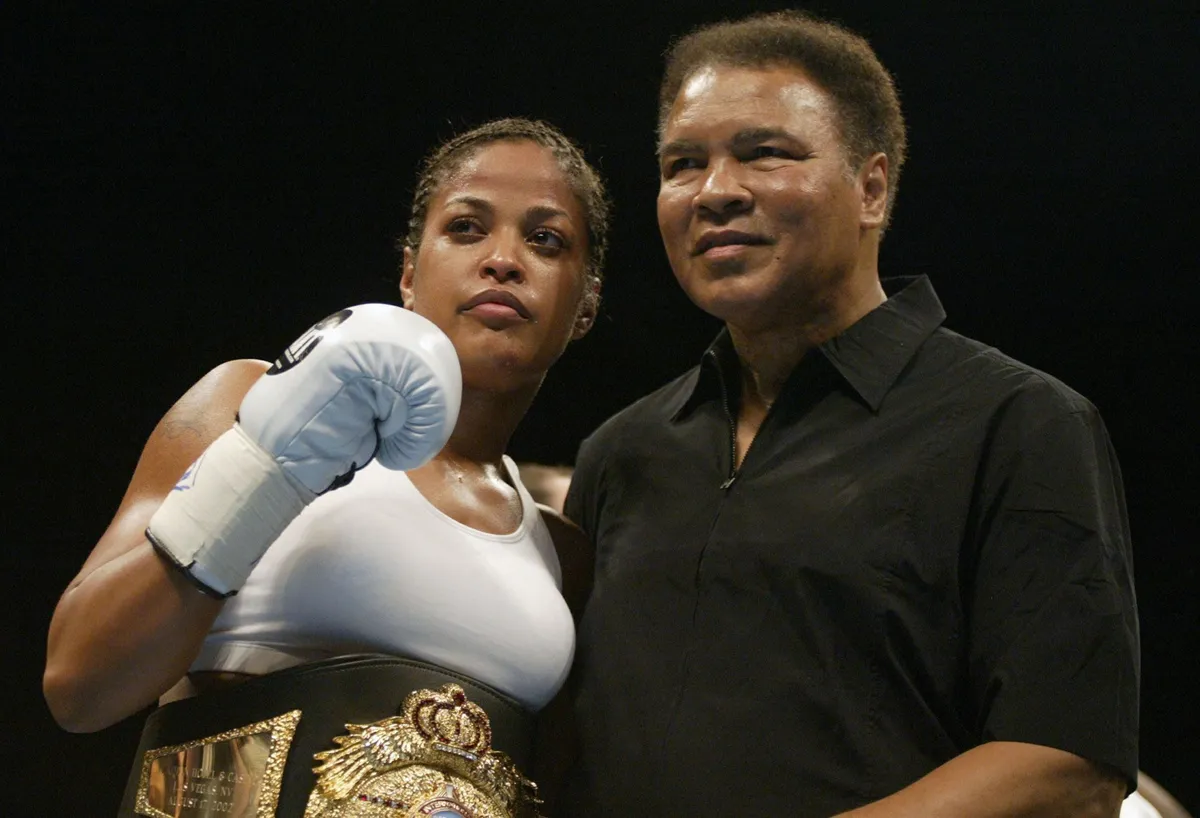
Muhammad Ali’s Daughter’s Net Worth
Muhammad Ali’s daughter, Laila Ali, has created a successful career for herself. Laila chose to follow her father’s path and became a professional boxer.
She never lost a match during her career and retired with a perfect 24-0 record. While Laila may not have made as much money as her father, she has earned a lot through boxing, brand deals, and her own businesses.
By 2025, Laila Ali’s net worth is thought to be between $10 million and $15 million. She still earns money through public events, brand partnerships, and her businesses, which include a fitness brand and other deals.
Laila is also known for being on TV, giving motivational talks, and helping others through charity work. These things have helped her stay financially strong and continue to grow her income.
Also Read: Bill Gates’s Net Worth in 2025: How Did He Amass His Massive Fortune?
To end, Muhammad Ali’s wealth, career, and personal story were as layered as his boxing technique. Even though he faced money problems like debt, bad investments, and medical expenses, his name still holds great value.
His impact went beyond sports, and his work in activism, charity, and business helped keep his financial legacy strong even after his passing.
Laila Ali has made her own path and keeps doing well financially. The Muhammad Ali Estate, which is looked after by his family, helps keep his name alive and brings in a lot of money through deals and the use of his image.
Muhammad Ali’s journey included many highs and lows, but what he did for boxing, social causes, and charity is still clear today.

